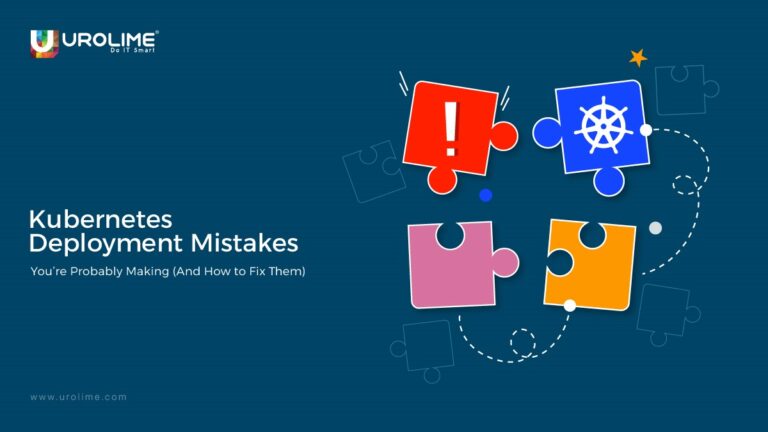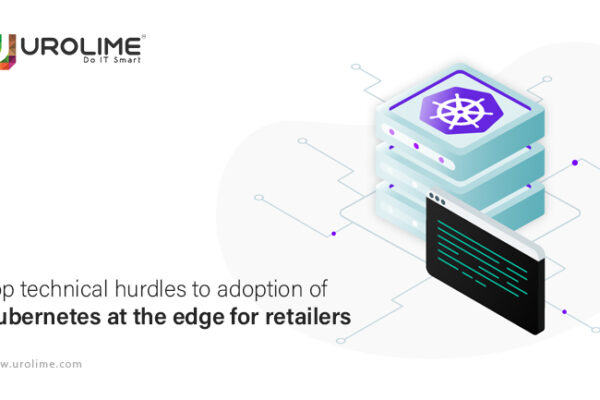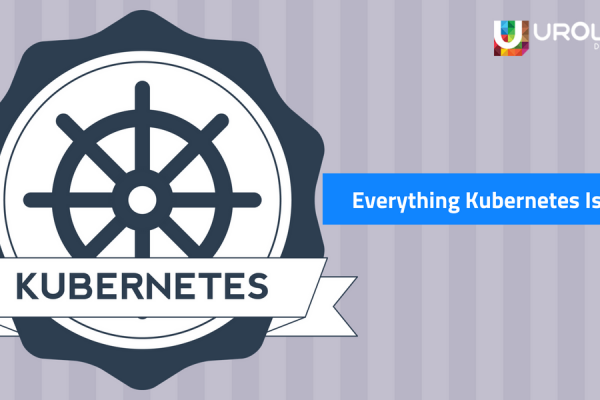Kubernetes has established itself as the top container orchestration platform that allows organizations to deploy, scale, and manage apps at unprecedented levels of efficiency. But the challenge lies in the fact that its complexity precipitates deployment errors that compromise performance, security, and cost-saving. Whether you are a digital transformation leader or a developer who uses Kubernetes consulting services, being aware of these frequent mistakes and their solutions can help you bypass the pitfalls.
Failing to consider Namespace Isolation
A common mistake is to run all applications under the default Kubernetes namespace. This approach has a high chance of causing resource conflicts, security issues, and operational mess as the applications can inadvertently interact with each other, compromising access control and resource management.
Why Is It a Problem?
Consider a development team rolling out a new microservices application in the default namespace. Without separation specific to projects or proper definition or criteria, it competes for resources with production services, which causes slowdowns or outages. This will have a negative impact on the business with frustrated users and disrupt business operations.
How to Fix It?
Organize resources into namespaces according to environments (e.g., development, testing, staging or production) or teams to establish clear boundaries. This can enhance resource allocation.
- Use of role based access controls (RBAC) can help to control as well as to limit who can interact with certain namespaces, improving security and accountability.
- Implementation of network policies which can regulate the communication between namespaces. This can effectively lower the chances of unauthorized access.
- Partnering with a reliable Kubernetes consulting company can help in creating a namespace strategy that would be apt for your organizational character aligning with the structure and objectives.
Ignoring Resource Limits
Respective to the requirements if the limits are not established, it can be a major cause of concern. Without defined boundaries for CPU and memory usage, there are chances that a single application can monopolize cluster resources which can make others starve, which in terms may lead to application performance issues or crashes.
Why Is It a Problem?
Let’s consider a case where an application with no limits on resources uses too many cluster resources during a peak traffic. This might result in having a high impact on other critical services, such as a customer-facing website, slowing or crashing, having a worse impact on revenue and user experience.
How to Fix It?
- Define request for resource and limits for every container so that resources can be distributed fairly and probability of domination by any one application is nullified.
- Resource quotas should be a tool used for namespace-level capping of resource usage to maintain balance across your environment.
- Engaging professionals on kubernetes consulting services can help to analyze the workload. Recommendations from their side on optimal resource configuration, can help to enrich stability and cost efficiency.
Failure to account for security requirements
Kubernetes is not secure by default, and overlooking security configurations can expose your cluster to significant risks. The common errors include running containers with excessive privileges where there is no control imposed, neglecting access controls, or failing to secure network communication.
Why Is It a Problem?
There are high chances that a misconfigured cluster might allow a compromised application to access sensitive data or disrupt other services. This can lead to data breaches or compliance violations that can damage the organization’s reputation as well as invite other legal liabilities.
How to Fix It?
- Run containers at a low privilege level, that means without root access. This can minimize the blow if a vulnerability were to be exploited.
- Enforce rigorous access controls to minimize user and application permissions to what’s absolutely required.
- Use network policies to regulate communication between the application, which in terms can limit the attack surface.
- Make use of a trusted Kubernetes service provider to perform security audits. They can also help to put in place industry-standard practices, which makes your cluster secure against threats.
Inadequate Monitoring and Logging
In the absence of effective monitoring and logging, the issue detection and fixation on a Kubernetes cluster will be a time-consuming exercise. The uncomfortable fact is, most teams do not invest in complete observability, which in terms leads to extended outages and lost opportunities for optimization.
Why Is It a Problem?
If an issue with performance isn’t detected , it might result in hours of downtime. This can be annoying for customers and can affect business results.
How to Fix It?
- Use monitoring tools to monitor critical metrics such as CPU, memory, and application health in real-time. It can help to gain insights into the performance of the cluster.
- Implement logging centrally and consolidate logs for all applications. This can help to diagnose problems more easily.
- Establish alerts for all possible critical occurrences. For example, application failure or lack of resources to facilitate proactive reaction.
- Collaborate with a reliable Kubernetes consulting firm to roll out managed monitoring solutions that provide actionable insights to both tech and business leaders.
Insufficient Planning and Cluster Architecture
Jumping into Kubernetes with no planning will result in wasteful, expensive, and unscalable clusters. Without knowing the requirements of applications, infrastructure limitations, and growth expectations, deployments tend to disappoint.
Why Is It a Problem?
An inadequately designed cluster could find it challenging to cater to more traffic, resulting in performance bottlenecks that interfere with user experiences and drive up operational expense.
How to Fix It?
- Align your Kubernetes strategy with your organization’s technical and business goals through comprehensive planning.
- Apply autoscaling tools to dynamically scale resources according to demand, balancing performance and cost.
- Work with Kubernetes consulting firms to architect a cluster infrastructure that is scalable, reliable, and efficient.
Conclusion
Kubernetes is an effective application deployment tool in the current tech ecosystem. At the same time its complexity necessitates careful treatment to prevent pitfalls. Ignoring the namespace isolation, resource limits, security, monitoring, and planning, it is nearly impossible to utilize the full capability of your Kubernetes system. Collaborating with a Kubernetes consulting firm and working with Kubernetes services can deliver the guidance to overcome such challenges, and offer in achieving secure, efficient, and scalable releases that satisfy the requirements of tech teams, business leaders, and end-users.
![]()






